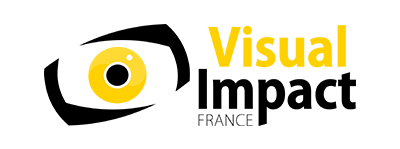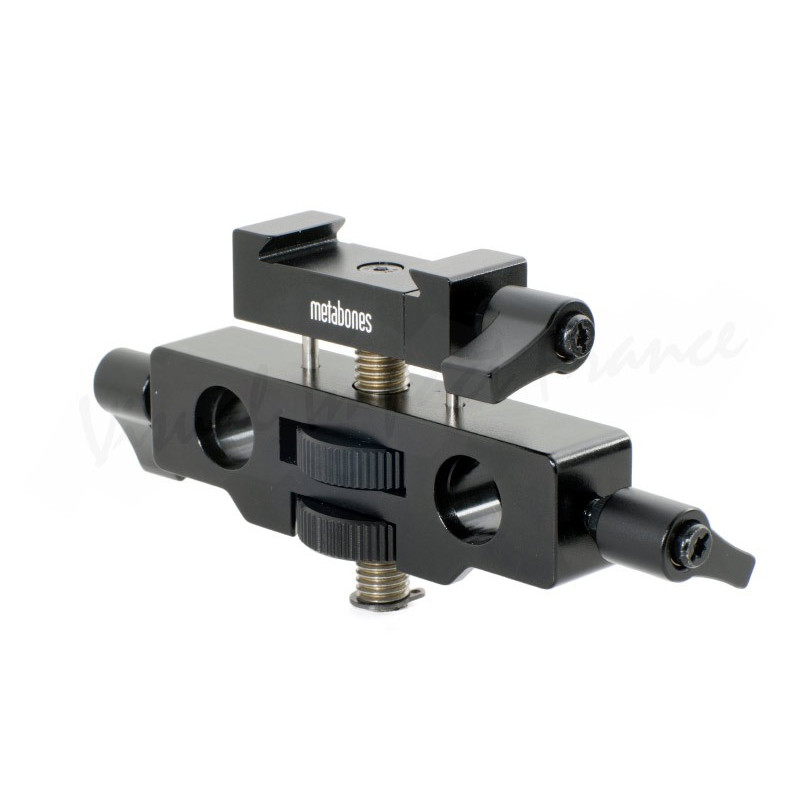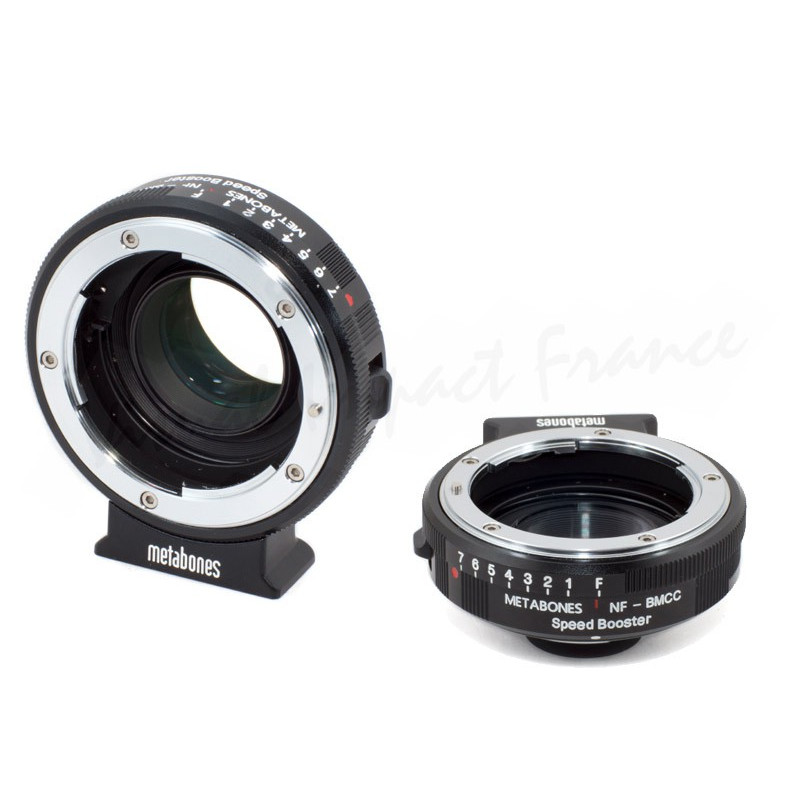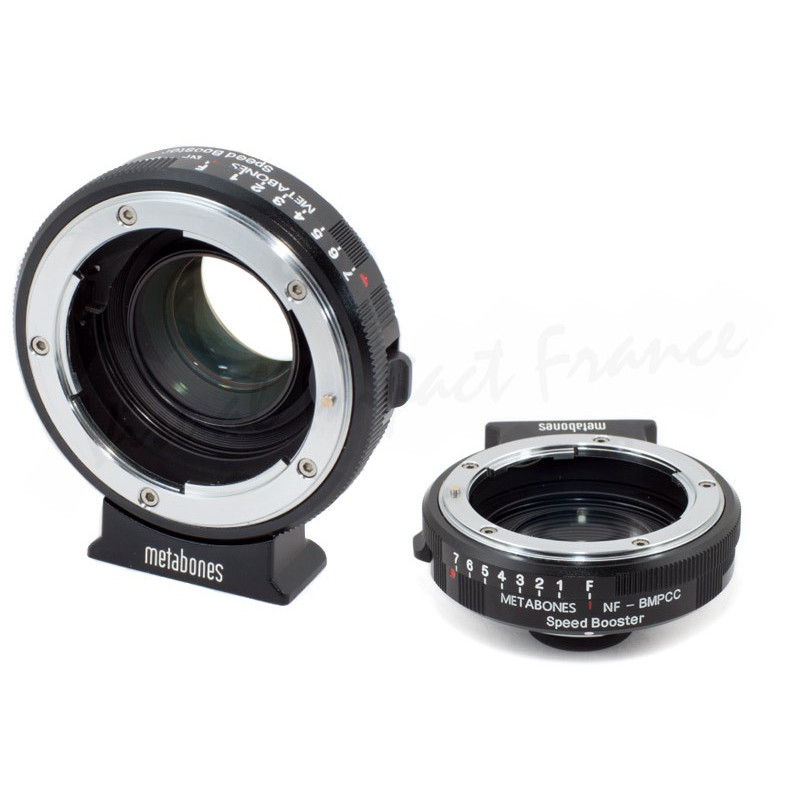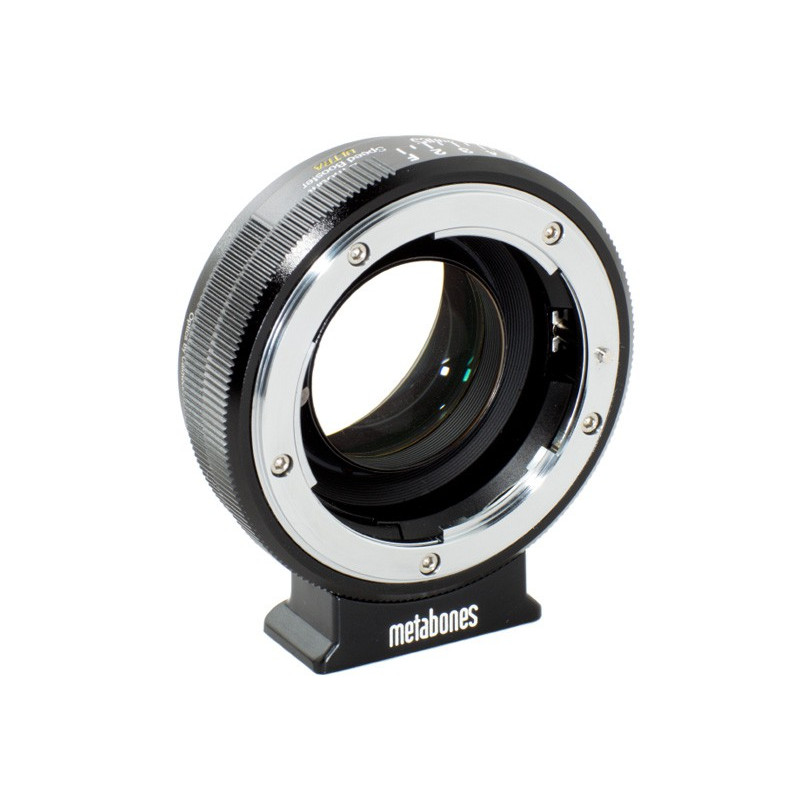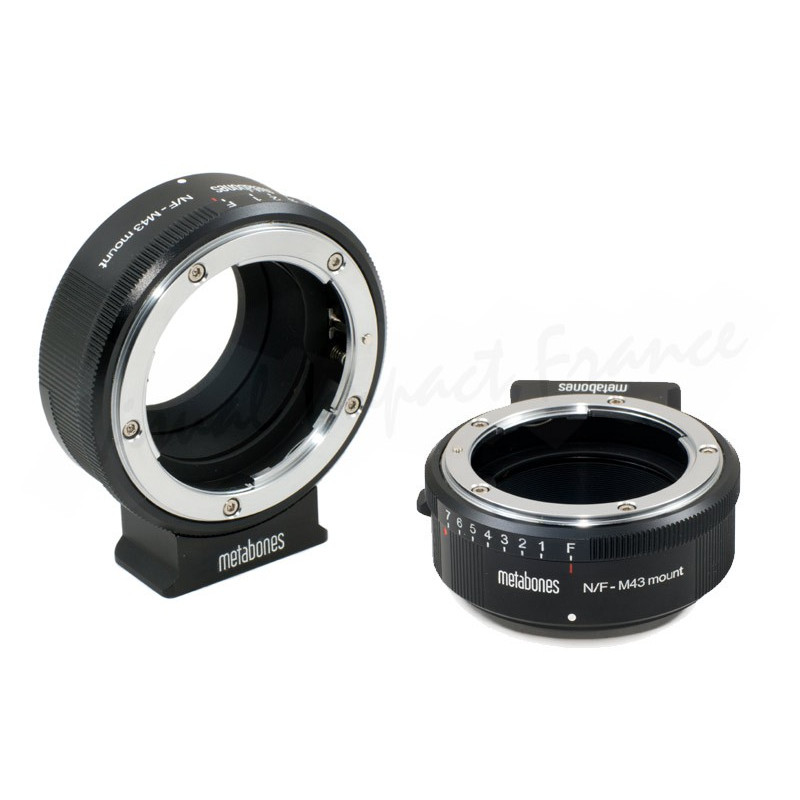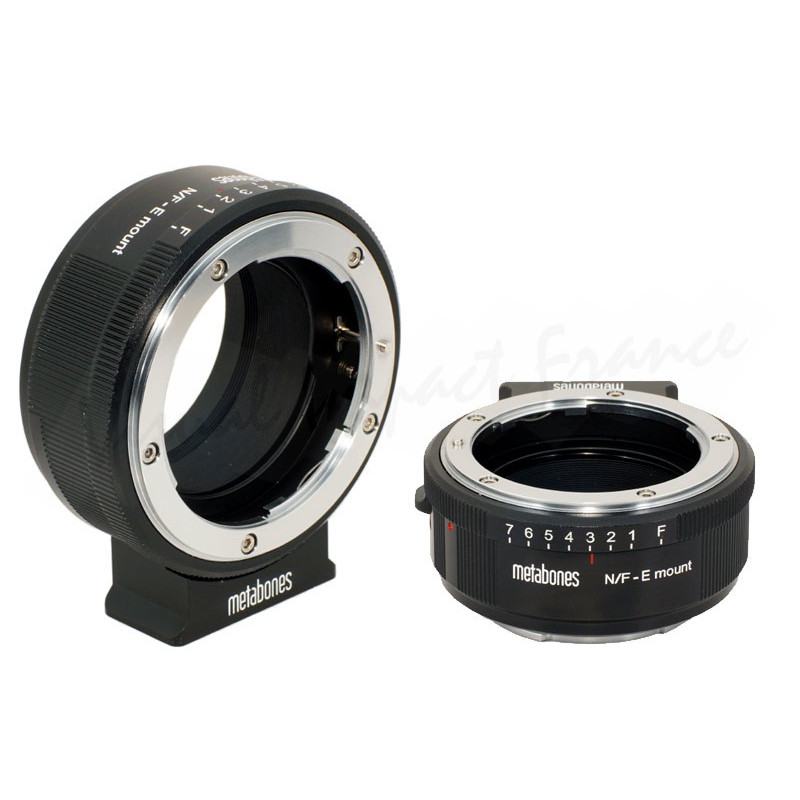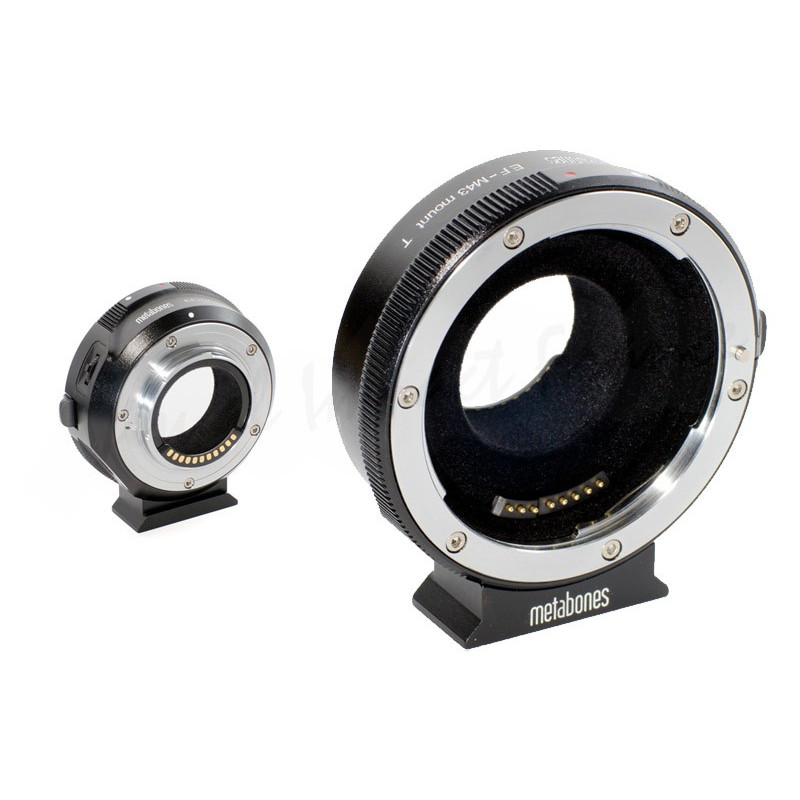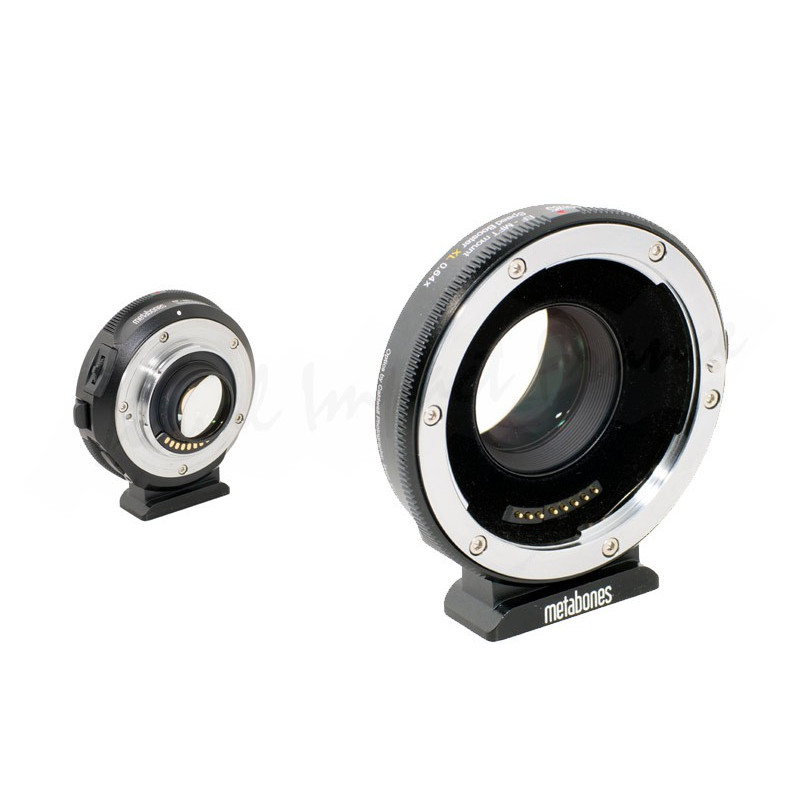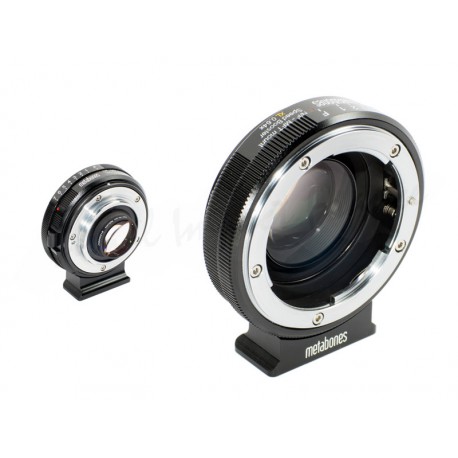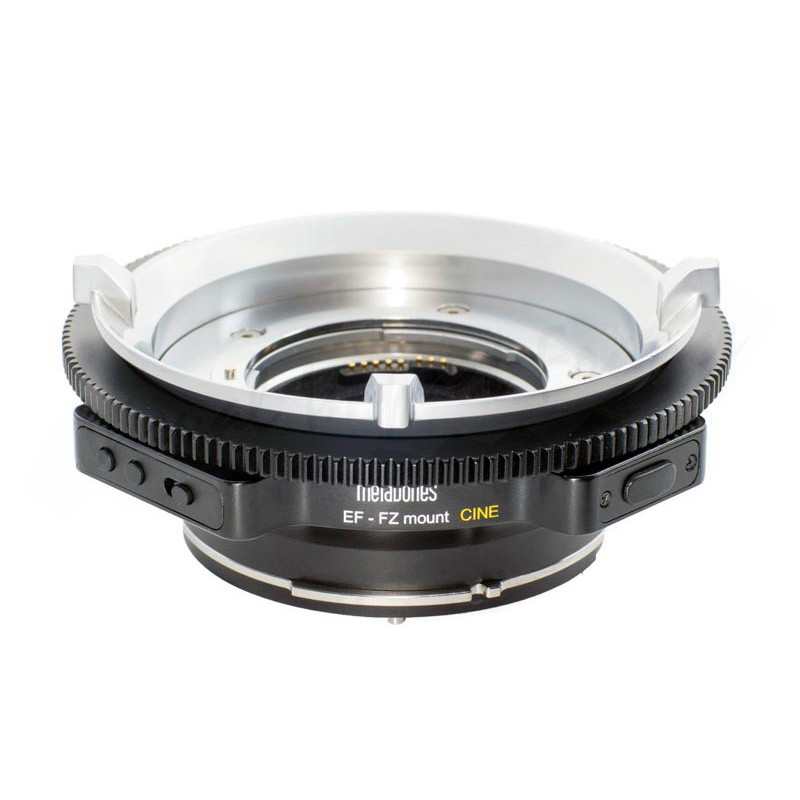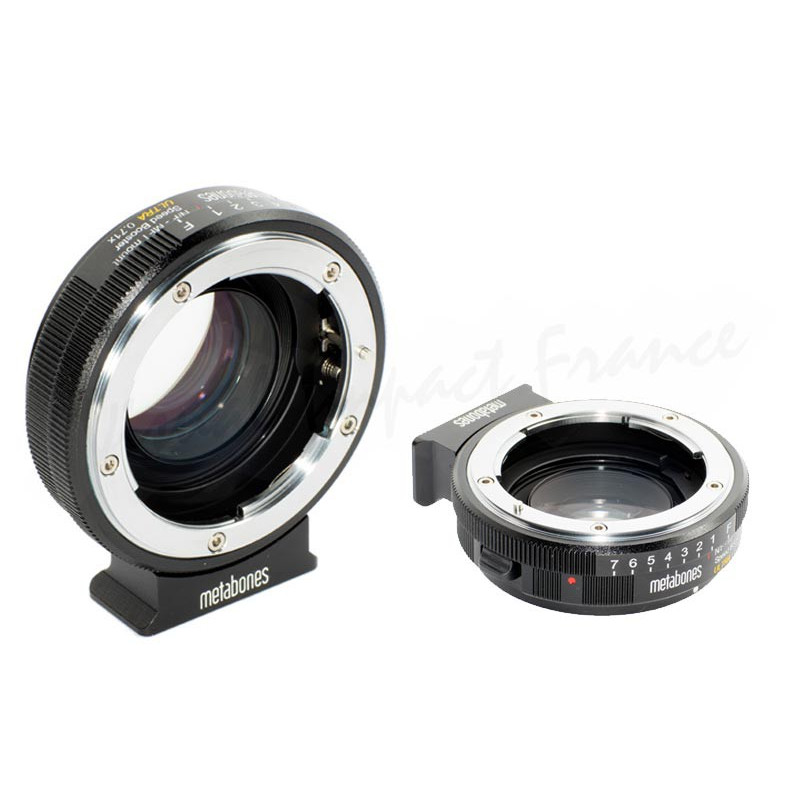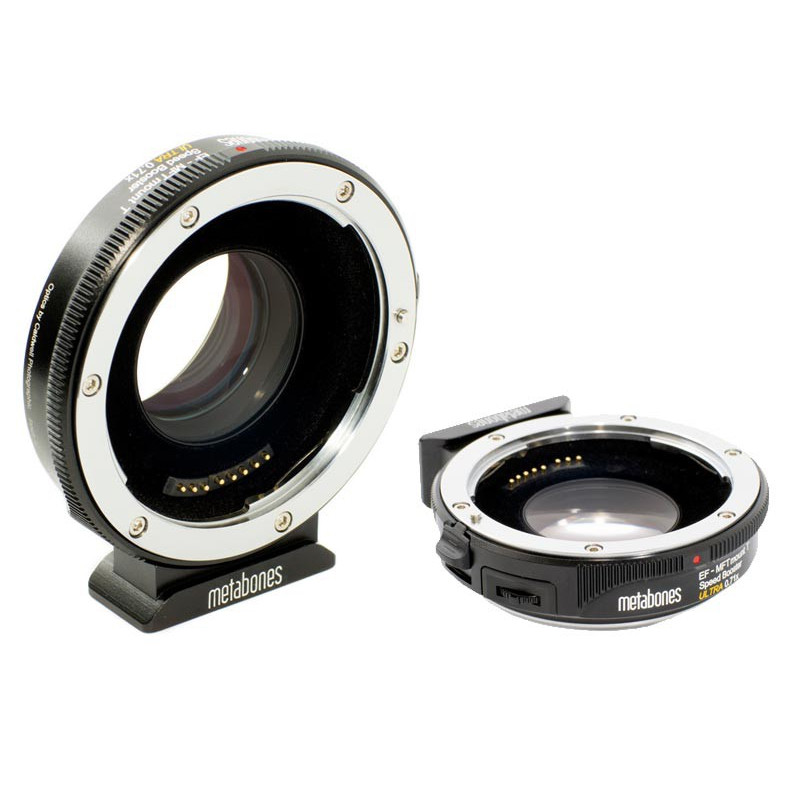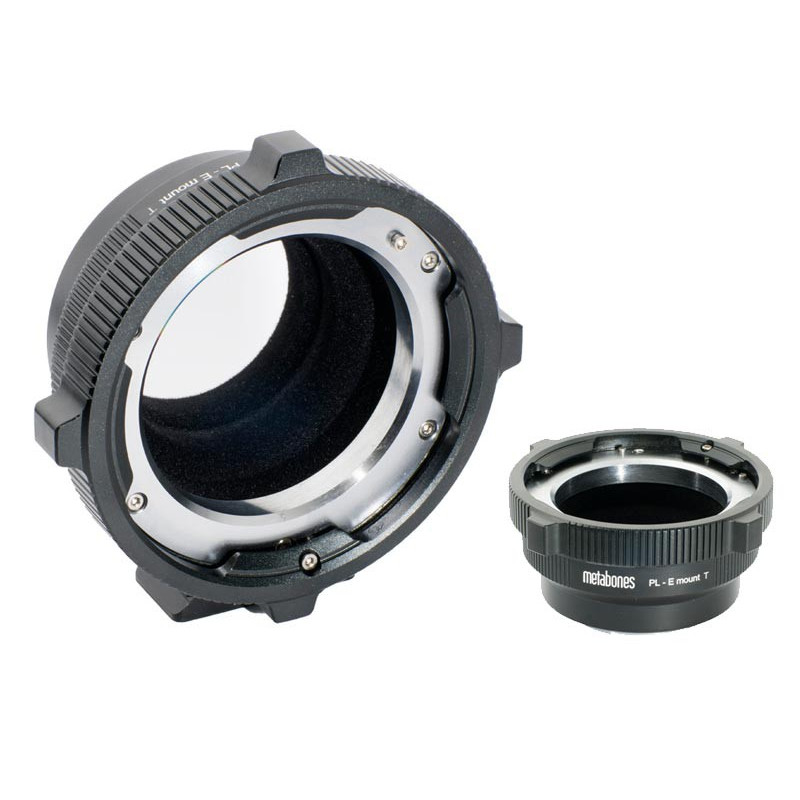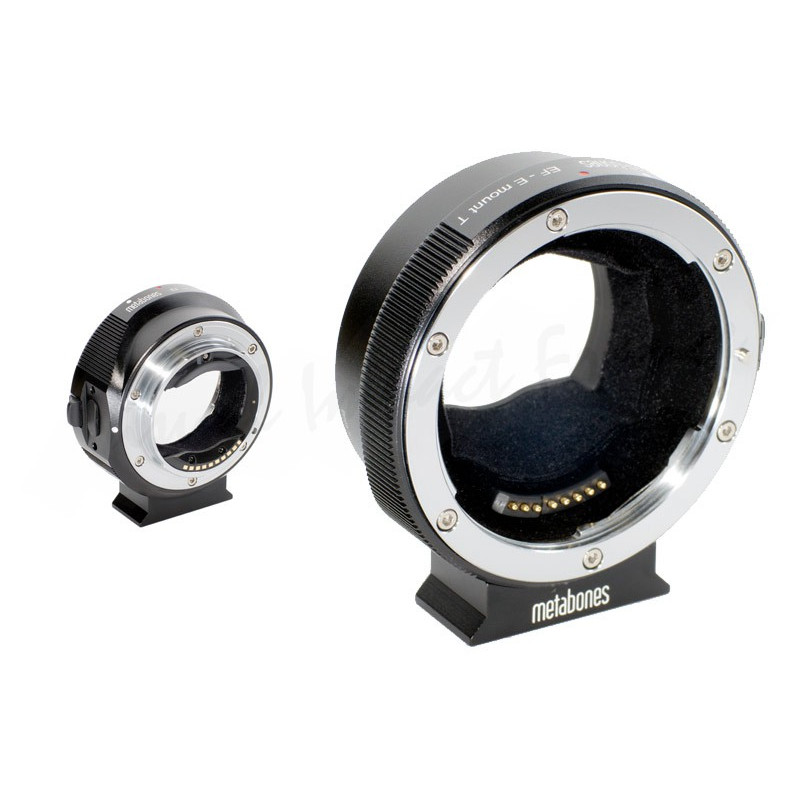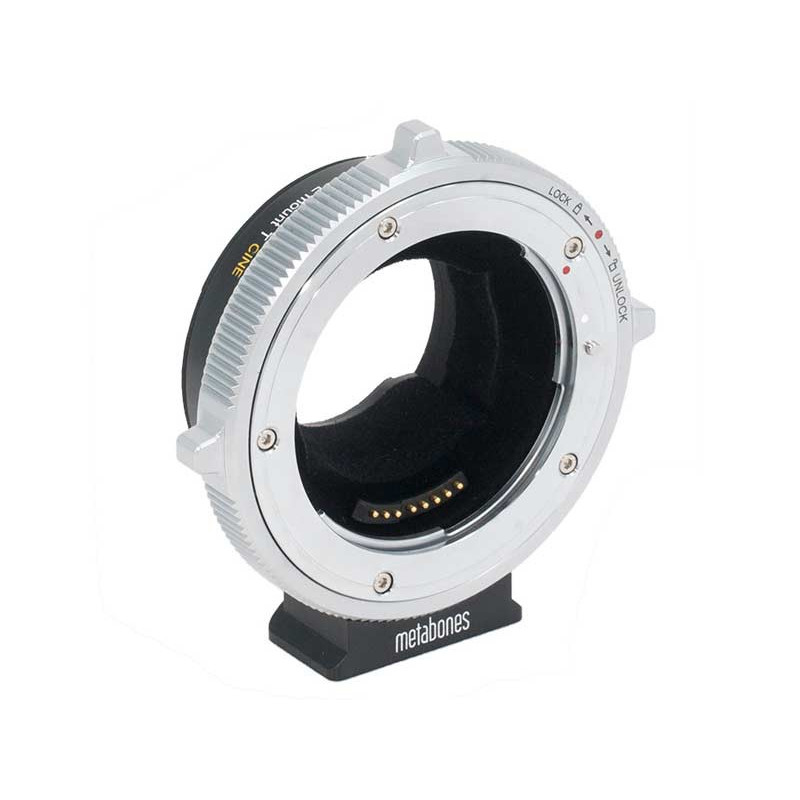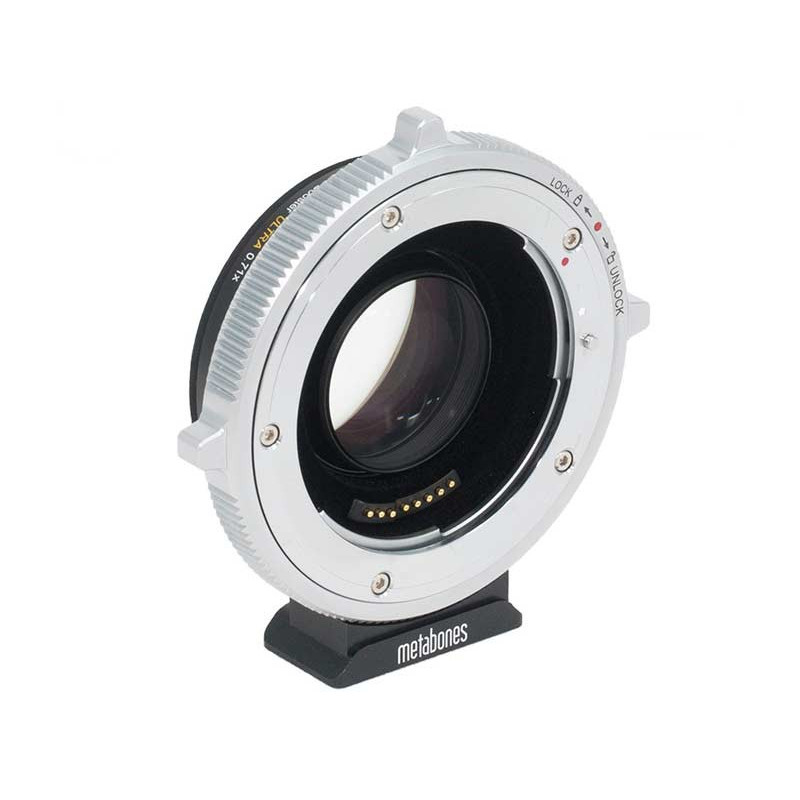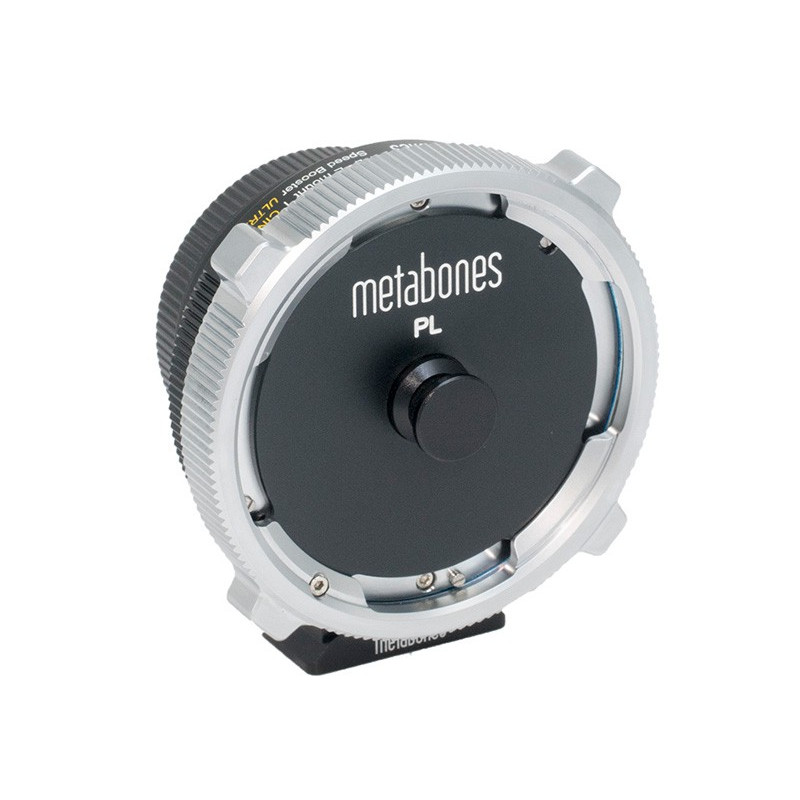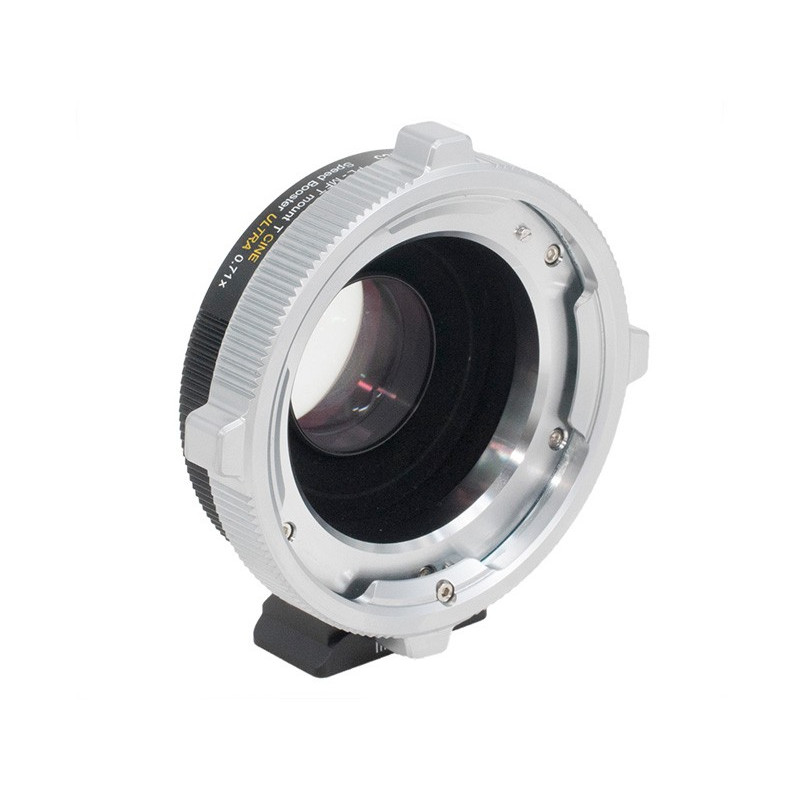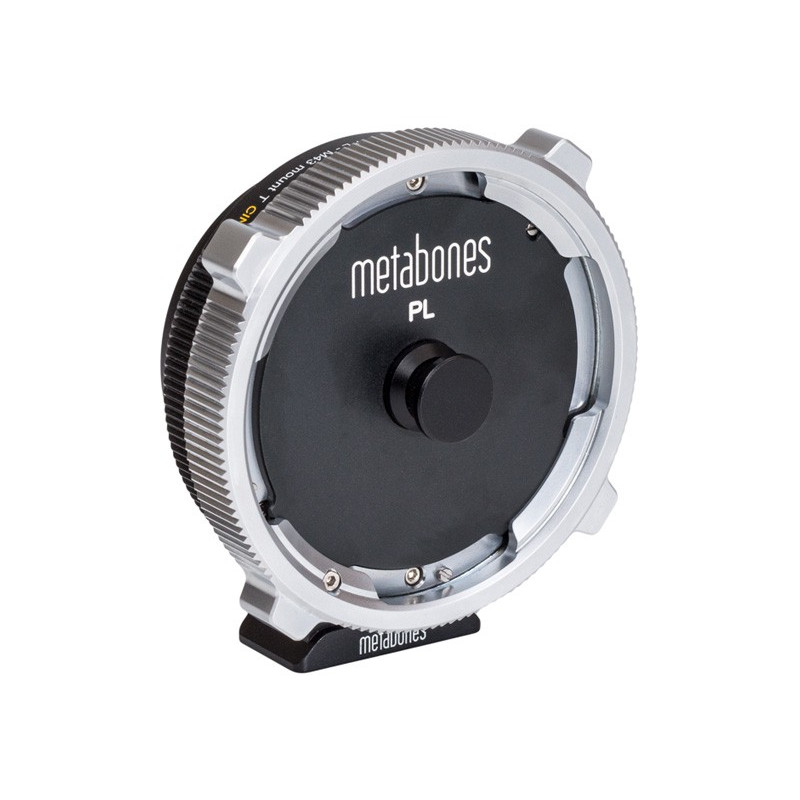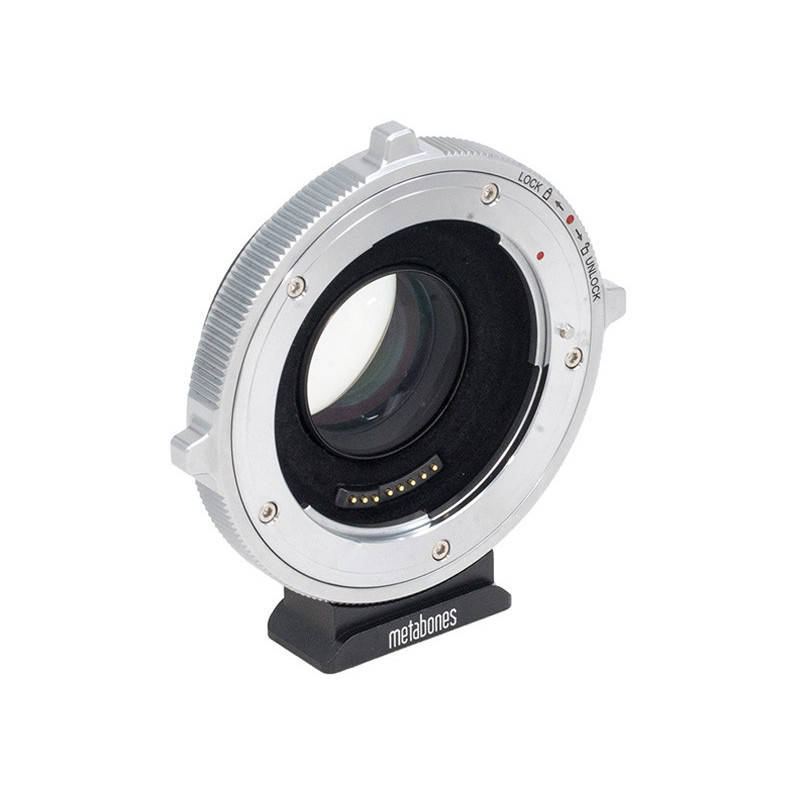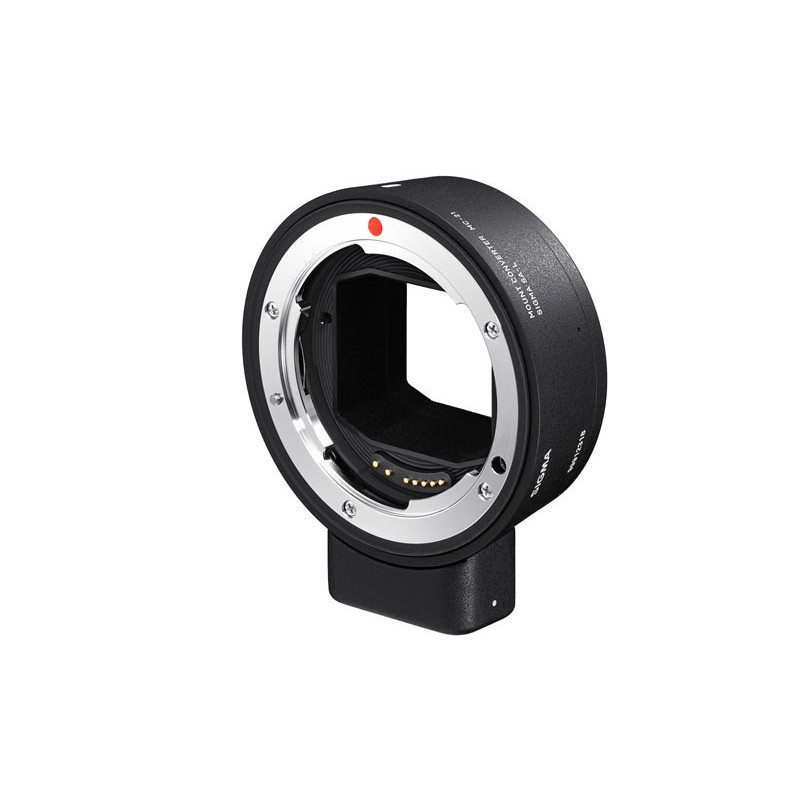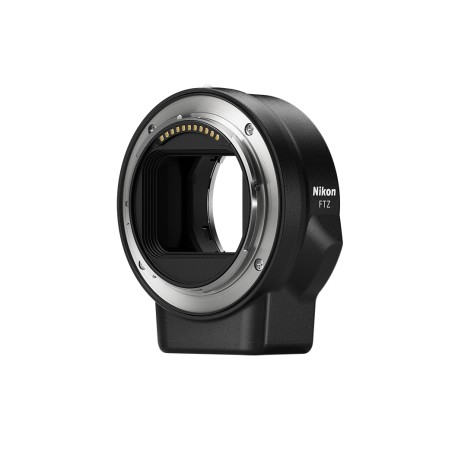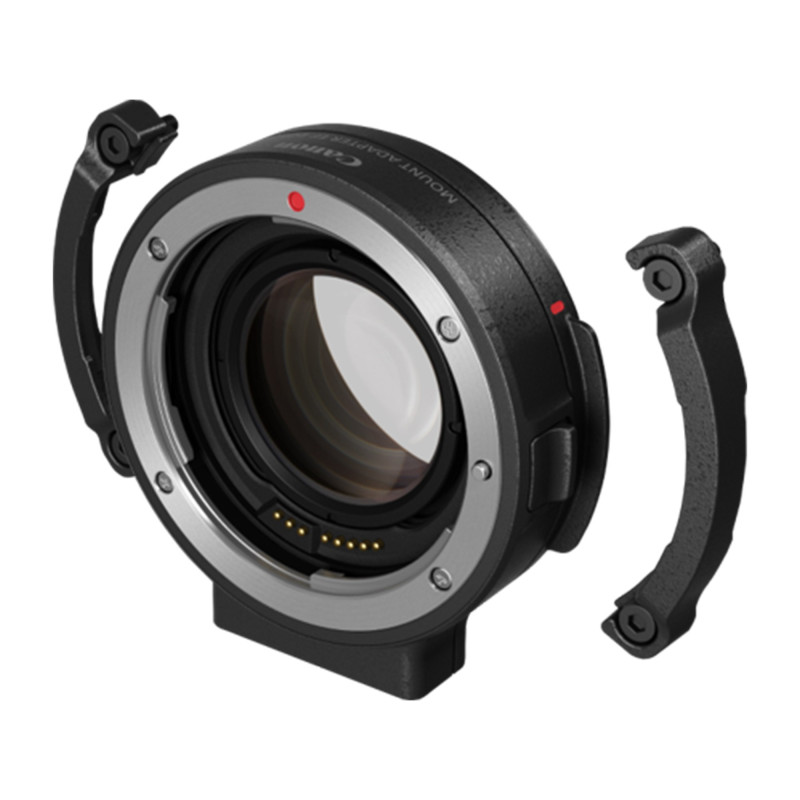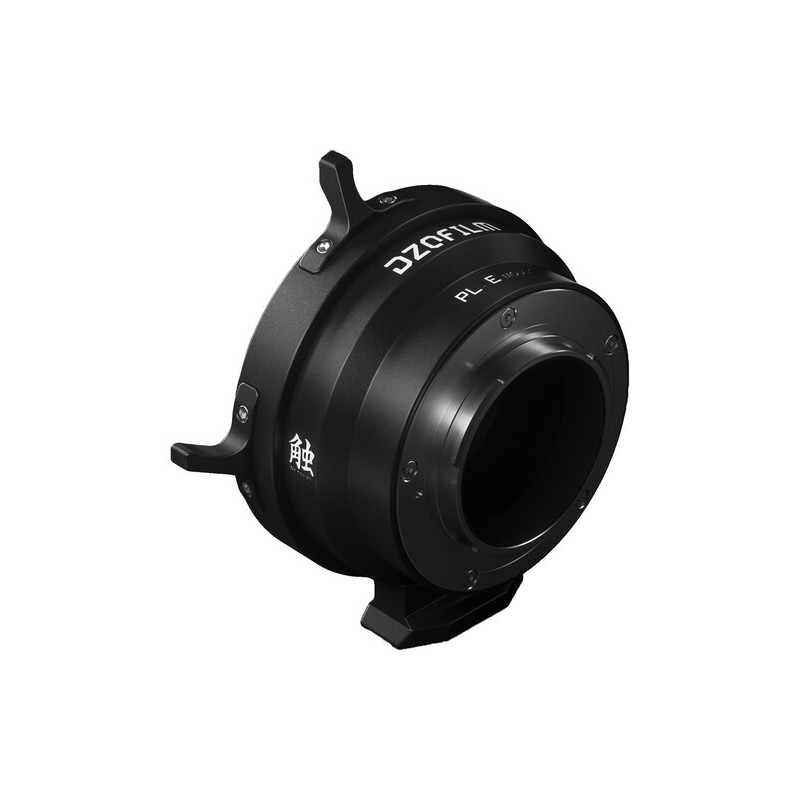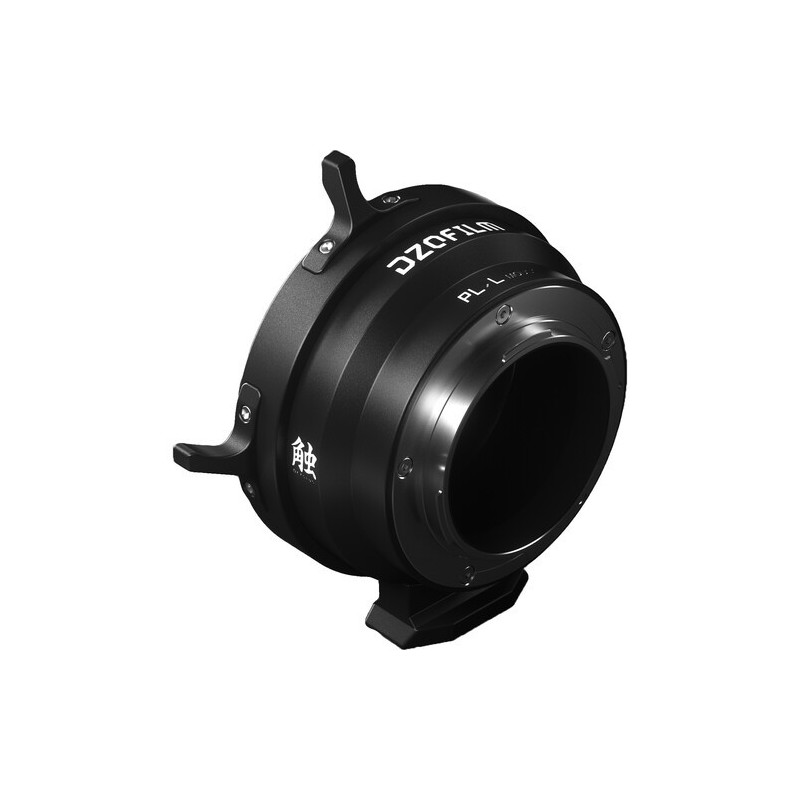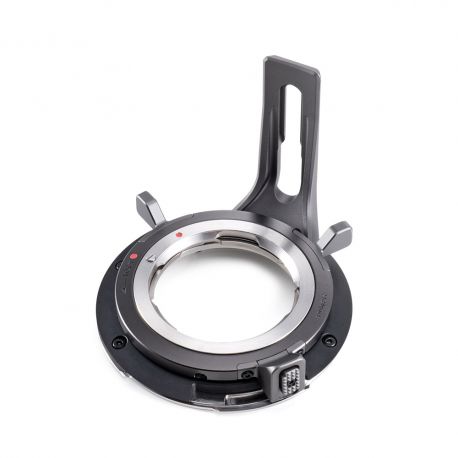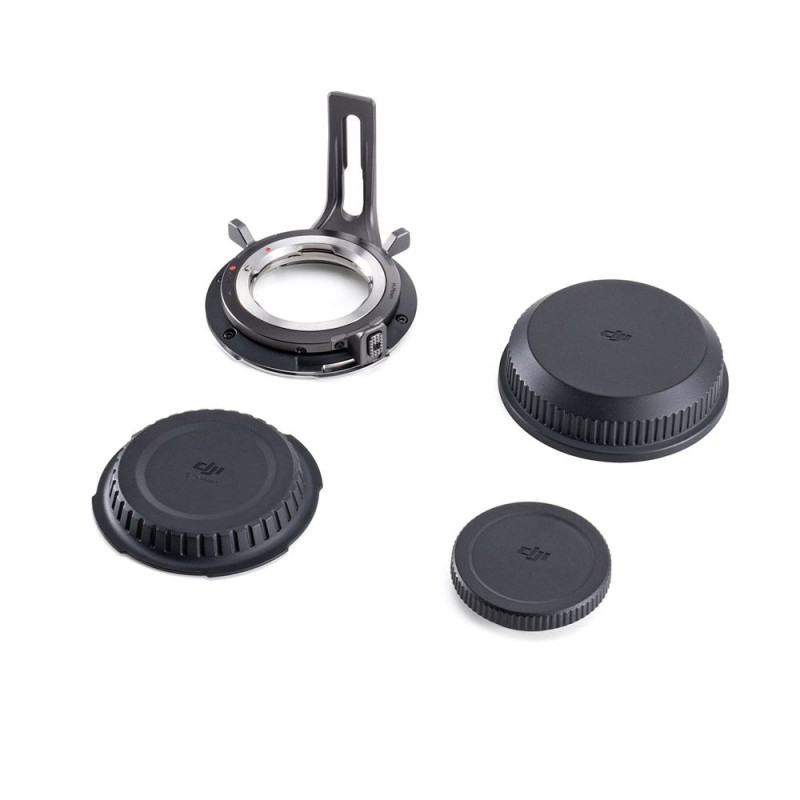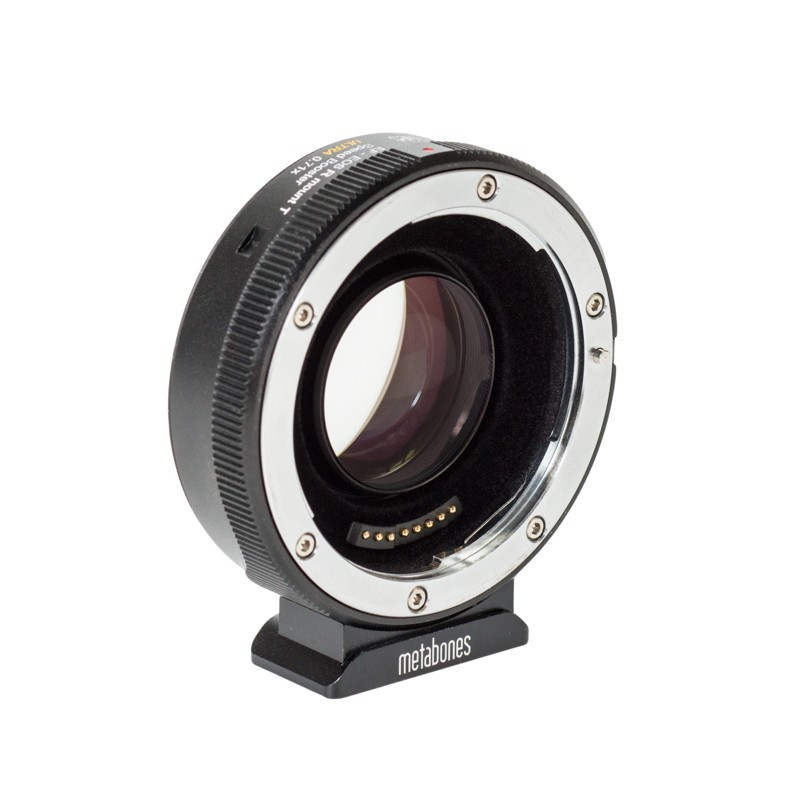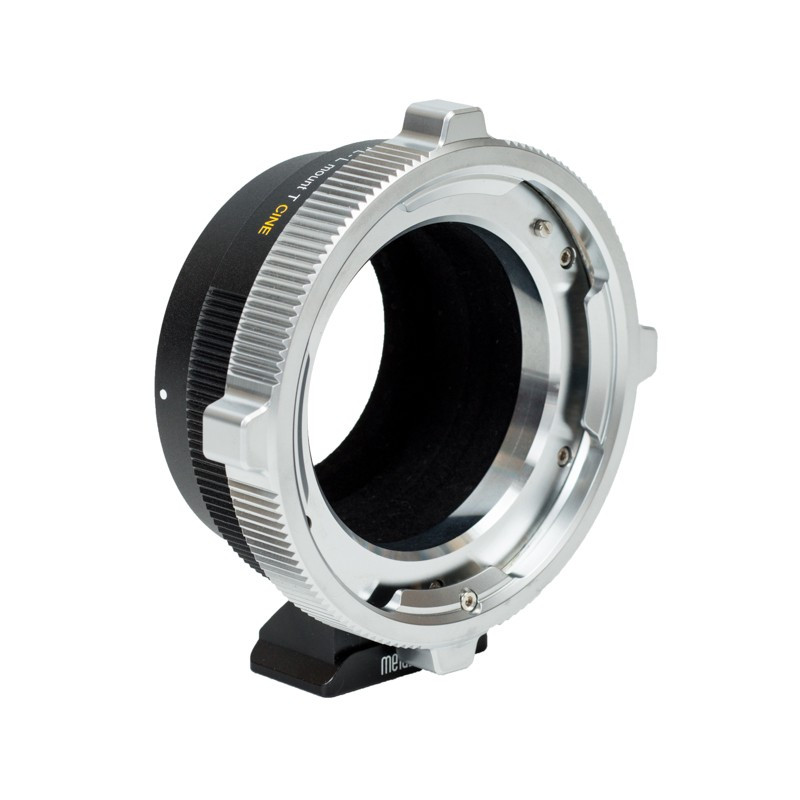Metabones Canon EF to E-mount - Speed Booster Ultra 0.71x II

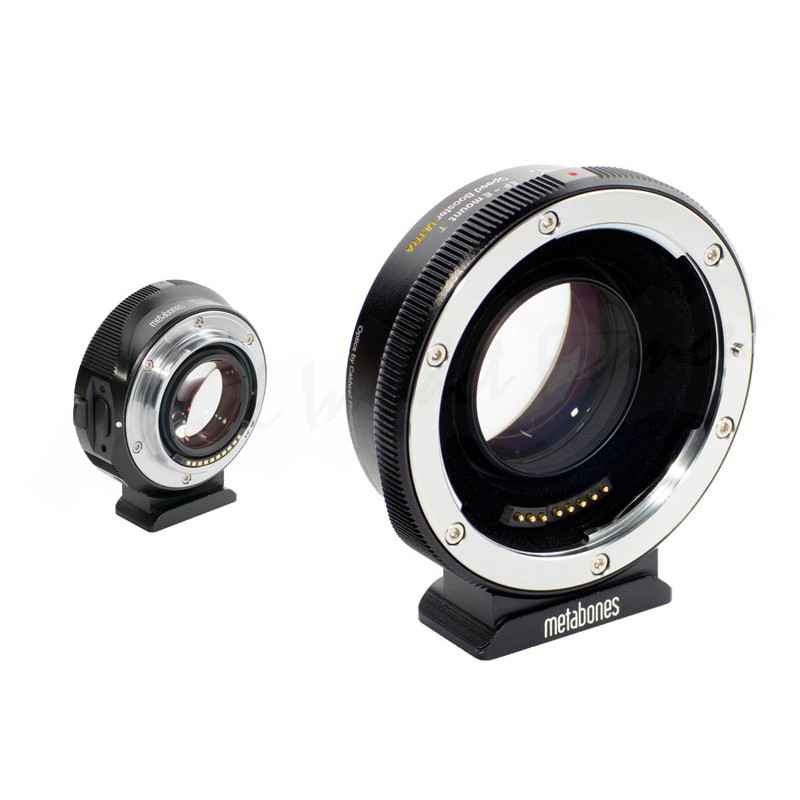
2 produit(s) en stock
715,20 € TTC
596,00 € HT
Accessoires
Like the revolutionary original Metabones Speed Booster announced in January 2013, the Speed Booster ULTRA has a magnification of 0.71x, and so it effectively reduces the crop factor of mirrorless cameras with DX-sized sensors, such as Sony E-mount and Fuji X-mount cameras, from 1.5x to 1.07x. However, the new ULTRA design makes very effective use of exotic materials at the furthest limit of glassmaking technology, and as a result is well corrected for use with virtually all fullframe SLR lenses regardless of exit pupil distance. Thus, the Speed Booster ULTRA performs extremely well with professional-grade f/2.8 zoom lenses such as the 24-70mm f/2.8 and 70-200mm f/2.8 zooms by Canon and Nikon to produce 17-50mm f/2.0 and 50-142mm f/2.0 high-speed zooms, respectively. Similarly, high-speed fixed focal length lenses such as a 50mm f/1.2 will be transformed into a 35.5mm f/0.9 lens with excellent contrast and resolution from the center all the way to the edges of the image.
- Increase maximum aperture by 1 stop.
- Increase MTF.
- Makes lens 0.71x wider.
- Advanced 5-element/4-group optical design incorporating ultra-high index tanatalum-based optical glass by Caldwell Photographic in the USA (patent pending).
- Electronic integration of aperture diaphragm, controlled by or from the camera body.
- Partial autofocus support for late-model (post-2006) Canon-brand lenses.
- Powered by camera body. No external power source required.
- High performance 32-bit processor and efficient switched-mode power supply.
- The tripod foot is detachable and compatible with Arca Swiss, Markins, Photo Clam ball heads.
- Flocking material coating inside the inner hole to reduce the internal reflection.
Compatibility
| Supported | Not supported |
|
EF lenses Image stabilization (IS) lenses Electronic manual focusing (e.g. EF 85/1.2L II and discontinued EF 50/1.0L) EXIF (focal length, aperture, zoom range) P, A, S, M exposure modes Autofocus (see autofocus support section below) Distance and zoom display on VG and FS series camcorders (see note 1) Auto magnify (see note 1) Contax N mount lenses modified to Canon EF by Conurus (see note 2) Contax 645 NAM-1 adapter modified to Canon EF by Conurus (see note 2) Sigma, Tamron and Tokina lenses in Canon EF mount (see note 3) ; |
EF-S lenses DX lenses NEX-VG900 (see note 4) Lens correction such as peripheral shading, CA and distortion Focus confirmation "chip" (e.g. Dandelion) M42 screw mount adapters (see note 6) Stacking non-Metabones/non-Conurus mount adapters on top (see note 7 and list of lenses which require modification below.) Certain telephoto lenses (see note 8) Lens: ;Tamron SP 17-50mm F/2.8 XR Di II VC |
Autofocus
Autofocus is supported, with the following known limitations.
- Autofocus speed is very slow and inadequate for most moving subjects. The autofocus speed is unfit for professional use for sure, and it would disappoint most enthusiasts.
- Only Canon-branded lenses introduced in or after 2006 are officially supported. Autofocus is disabled for older Canon lenses and most third-party lenses, including most Sigma, Tamron and Tokina lenses and all Contax N lenses modified by Conurus.
- On FS series (e.g. FS7, FS700, FS100), autofocus may be available only in photo mode but not in movie capture mode.
- Continuous AF is not supported.
- DMF mode (direct manual focus) is not supported.
- For non-camcorder camera bodies (e.g. NEX-7), during movie capture, if the subject moves to a different distance, half-press the shutter release button to re-activate autofocus and lock onto the subject again. Since autofocus speed is slow, there may be visible disruption in the resulting footage.
- The first two autofocus attempts are used to calibrate the lens and as a result may not lock successfully on the target. Half-press the shutter release button again and autofocus will lock successfully.
- Autofocus may have difficultly locking onto subjects which are very close to the nearest focusing distance of the lens.
- Autofocus accuracy depends heavily on the working condition of the lens. Lenses with hidden problems which may not be apparent on Canon DSLRs will lead to inaccurate and unreliable autofocus on Sony NEX. Typical problems of this kind that we have seen include an unsmooth/erratic autofocus mechanism (e.g. getting stuck intermittently at a certain focusing distance), a worn-out gear train with out-of-spec backlash, a faulty/worn-out distance encoder or other faulty/worn-out internal sensors.
